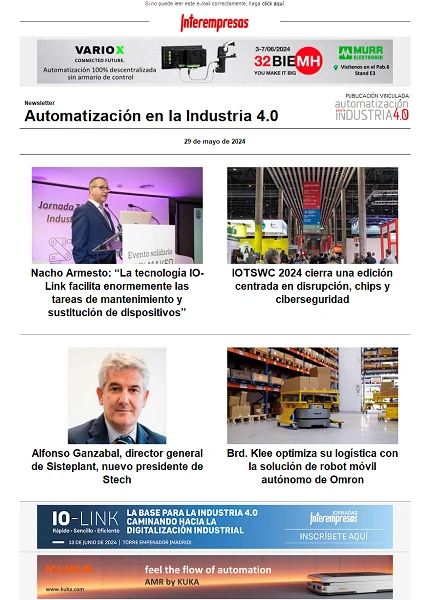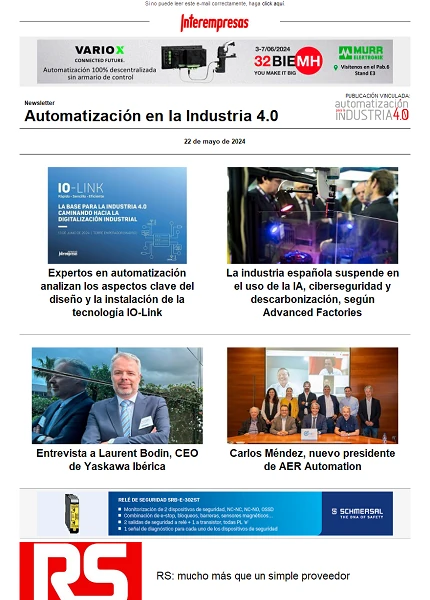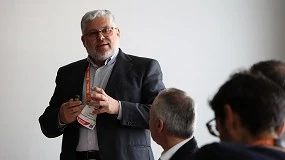James Cameron: mechanic and underwater Explorer and filmmaker
February 2, 2010
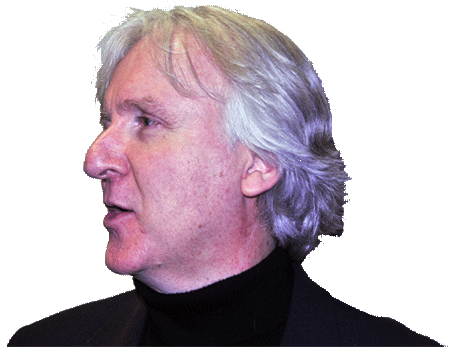
Jon Hirschtick has taken on the role of interviewer during the second general session of SolidWorks World 2010, and has done interviews nothing less than to James Cameron. It is clear that he knows of cinema. It is also clear, given the sophisticated technical level of his latest productions, who had to know about technique. It was not so obvious that it would have to know as much as we proved today, while it modestly, confession not be an engineer. If there were the authority to grant him a title of engineer 'honorary', I would hesitate not public a nanosecond. This gentleman, accessible e tirelessly despite his fame, knows more about engineering than the majority of graduates.
'Avatar' and the three-dimensional (stereo)
The interview has begun with the projection of a ' making of' avatar, which has been revealed the complexity of the technique used. It is not an animated film. The actors and actresses are flesh and blood. And they act. The big difference in relation to many other science fiction films is that they don't need hours of makeup. Imagine if that were necessary to achieve that Michael Dorn was Lieutenant Worf in 'The new generation' of Star Trek. Imagine now that the only thing that would have been necessary outside painted a few dots on the face and placing a sort of helmet of pilot of aircraft, with a camera a little ahead of where would be the microphone. A computer interprets the image of the camera determines the position of the dots and 'draw' (in 3D) version of her character in the virtual environment in which the scene unfolds. Something as well as a version very evolved from the 'chroma' which is used in television to insert a background.
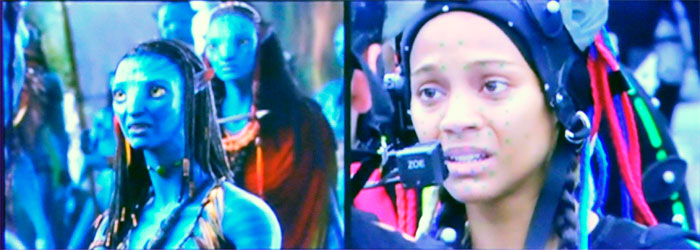
The characters of Avatar are not animations, although much digital imagery to be used. To the left, the character Neytiri, and on the right, the actress Zoe Saldana, playing with a whole range of gadgets, points painted on the face and a camera to an inch of it, but without makeup.
The three-dimensionality popularized
What you have to do all this with a 3D CAD program? The answer lies at the end of the question: 3D. 'Avatar' can be seen in a mainstream film, although soon the conventional is probably what is now called 3D. However, much of its magic lies in the sense of relief, depth, achieved through the stereoscopic three-dimensionality. James Cameron has not tired of using the term 'stereoscopic' next to the '3D' concept. He knows that at some point is it go beyond the relief. What gets the stereoscopic technique is to give a look different from each eye. There is a step beyond: giving each eye a different image depending on the position and orientation of your head.
In any case the three-dimensionality is here to stay, and is going to become popular, should become normal soon. Its application to the design is obvious. Its application in the film, also. This, however, it requires developing a collection of techniques and devices that are still scarce. James Cameron and his team have had to invent a good collection of them. An example is the virtual camera: a device that is handled with both hands as if it were a House, but has no lenses or sensors that shows the image generated by a computer (or many), in real timeWhat would be the handles in the virtual environment in which it moves.
In addition to films: technology, inventions, and challenges
James Cameron is, therefore, in addition to film-maker, inventor. "Every project that we started begins at the design phase," said Cameron. It is a methodology for their projects: "everything starts with a small group of people: five or six." Engineers and experts sitting in a room imagining what we can do, something new. What I mind is the challenge. Do something exciting. "Something that not only have not done before, but something that no one has done before."
"I like the small groups." I think that they may be involved in a creative spirit. "Probably this comes from the era in which four kids did a car in a garage".
James Cameron has admitted being mechanic: "having machined metal means something", in his own words, sums it up. Technology, from the base, it is not alien. Jon Hirschtick says: "movies, in many cases, deal with technology, the design of products that become rabid mad". To which Cameron responds: "what 'titanic' or 'terminator' want is warn us of something not technological, social level." We rely too much on technological systems [...] On the other hand, not we can return to the jungle, among other things because her we have cleared [...] "We have to use the technology in a stylish and sustainable manner".
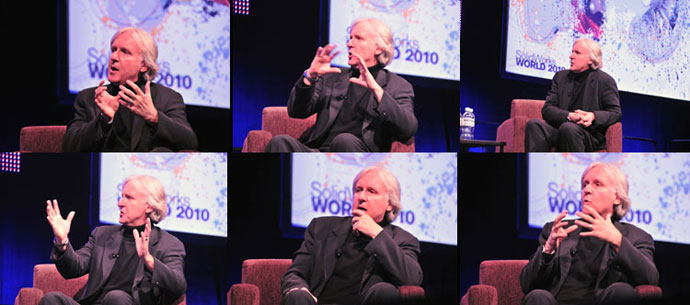
Documentary expeditions
James Cameron not only has made films of great taquillaje, while you are involved in the most tellers of history. To him are a collection of underwater documentaries, which not only were not blockbuster, but that its objective was not to lose money. However, Cameron tells us "the most powerful lessons [I learned] came out of these expeditions," passing three or four months on the high seas in very harsh conditions; immersing our appliances, averiando them, repairing them, averiando them again... testing us to the limit. […] What we get for this? The sense of Union of group. When each Member of the Group knows what he is thinking of each, and respected. […] "For me this link is more important than an Oscar, than money, because it is the respect for the group".
Having said these words, the audience in the courtroom, 5,000 designers and some more, stood to applaud enthusiastically. When it comes to the truth, the technologists admire the fact that people have more than technology or material values.
The three golden rules to a project
One of the upcoming expeditions of Cameron is the Mariana Trench. It is the deepest point of the ocean. To get there, we must first build a very special underwater vehicle, prepared to carry three people. It's a risky project, without any doubt.
Cameron has three rules for all projects: "hope is not a strategy." The luck is not a factor. "The fear is not an option." This translates to try, test and test; We cannot expect something to work a certain way, we must try. We must not rely on luck, we must build it: to do things well so that they work well. Both concepts are closely related, and have a component of prudence, to some extent negative. The third is the contrast, the duality: should not be afraid to be bold, make bold decisions. "Fortune favors the bold" is the conclusion of Cameron.
And if these rules are used for a project in which you're going to play life... they must be good enough for the rest.

